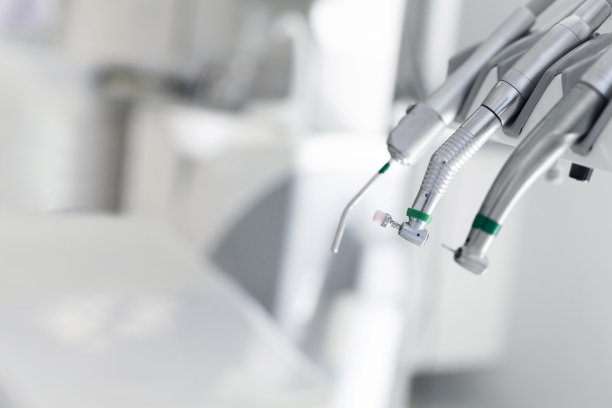The Comprehensive Guide to Safely Extracting a Tooth and Ensuring a Smooth Recovery Process
Summary: Extracting a tooth can be an essential procedure, whether due to decay, infection, or crowding. This comprehensive guide aims to equip readers with detailed instructions on safely extracting a tooth, emphasizing pre-procedure preparation, the extraction process itself, post-extraction care, and signs of complications. Each segment outlines the necessary steps to ensure both safety and comfort, mitigating distress during the procedure while promoting a smooth recovery. Whether you are a dental professional or someone contemplating extraction, this guide serves as a valuable resource for best practices in oral health care.
1. Preparing for Safe Tooth Extraction

Before any extraction can occur, adequate preparation is vital to ensuring a smooth procedure. The first step is a thorough dental assessment, wherein the dentist examines the affected tooth and surrounding gums. This examination might include X-rays to appreciate the tooths position and root structure properly. Understanding the complexities of the extraction will allow the dentist to strategize the safest approach.
Further preparation includes a comprehensive medical history review. Patients should inform their dentist of any medications, allergies, or health conditions that could hinder the extraction process or complicate recovery. For instance, individuals on blood-thinning medications may face heightened risks of bleeding, necessitating a careful plan to manage such situations.
Lastly, patients are usually advised to fast for several hours if the procedure requires sedation. Clear guidelines about what to eat and when to stop eating or drinking should be followed carefully to minimize any surgical risks associated with anesthetics.
2. The Tooth Extraction Procedure Explained
The extraction procedure itself typically begins with administering anesthesia to numb the area around the tooth. Depending on the complexity of the extraction, options may include local anesthesia or IV sedation to ensure patient comfort and minimize anxiety. The choice of anesthesia will largely depend on the dentists evaluation and the patients preferences.
Once the anesthesia is effective, the dentist will perform the extraction using specialized dental tools. In a simple extraction, the dentist will loosen the tooth using an elevator and then remove it with forceps. For a surgical extraction, which may involve impacted teeth, incisions in the gum tissue might be necessary, alongside potential bone removal, to access the affected tooth.
Throughout the entire process, maintaining patient comfort and following proper sterilization protocols is crucial. Dentists should also engage with the patient, explaining each step to alleviate any tension and ensure a collaborative environment during the extraction.
3. Post-Extraction Care for Quick Recovery
After the tooth has been successfully extracted, proper post-extraction care can make a significant difference in recovery speed and comfort. Initially, the dentist will place gauze over the extraction site to help control bleeding. Patients should bite down firmly on the gauze for approximately 30 minutes to promote clot formation.
After gauze removal, patients are encouraged to avoid spitting, sucking through straws, or rinsing forcefully for the first 24 hours. These actions might dislodge the blood clot, leading to complications such as dry socket, which can cause severe pain and delay healing. Instead, patients should stick to a soft-food diet for the first few days, gradually reintroducing regular foods as tolerated.
Pain management is another essential component of post-extraction care. Dentists often prescribe pain relievers or recommend over-the-counter medications to help manage discomfort. Following the medication guidelines and keeping track of any side effects is imperative to ensure a smooth recovery.
4. Recognizing Complications Early On
While many recover without issue after a tooth extraction, some patients may experience complications that require prompt attention. One of the most common issues is excessive bleeding, which should not be dismissed. If bleeding continues after the initial period or worsens, patients should contact their dentist immediately.
Another concern is the risk of infection. Symptoms such as fever, increased swelling, or a bad taste in the mouth should be noted as potential indicators of infection. Patients should be vigilant and follow up with their dentist if these symptoms arise.
Lastly, as mentioned earlier, dry socket can be a painful complication resulting from dislodged blood clots. Individuals should be aware of the signs, which include severe pain at the extraction site and visible bone beneath the gum, and seek further treatment for relief immediately.
Summary:
In summary, safely extracting a tooth involves a series of critical steps, from preparation through to recovery, each vital for ensuring patient well-being. Understanding the procedure and potential complications empowers individuals to navigate tooth extraction with confidence. Consulting with dental professionals and adhering strictly to postoperative guidelines can further enhance recovery.
This article is compiled by Vickong Dental and the content is for reference only.


